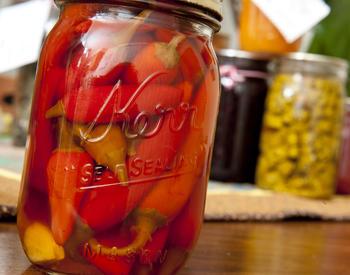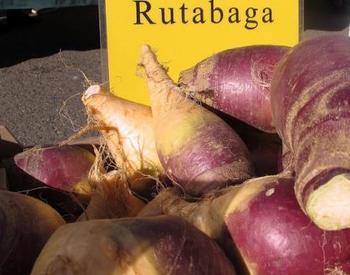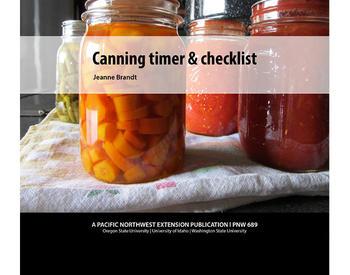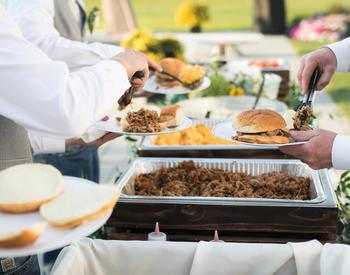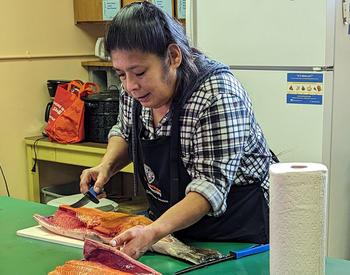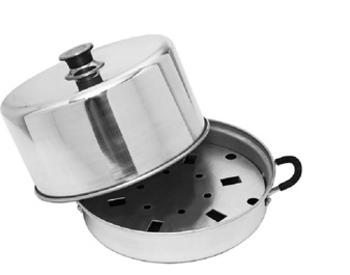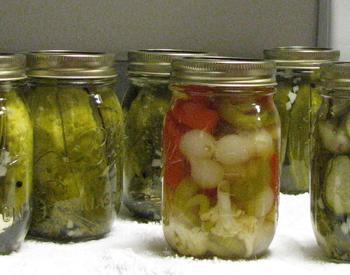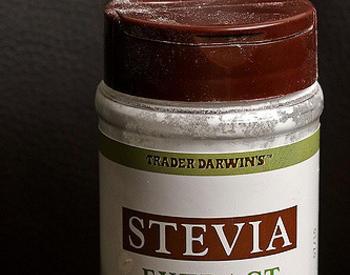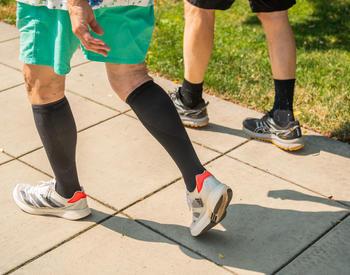Download this article as a PDF
For most individuals, foodborne illness causes short-term discomfort, but it can result in long-term detrimental health effects such as arthritis, autoimmune disease, organ damage and infections that can lead to severe complications and occasional death.
Extra precautions must be taken when preparing and serving food to vulnerable populations that are at a higher risk of becoming ill from foodborne illness. Those falling into this category include but are not limited to older adults, pregnant women, infants and young children, and those with compromised immune systems such as those on chemotherapy, antibiotics, transplant recipients, and those with chronic diseases. Over twenty percent of the US population falls into this susceptible group.
People who fall into the at-risk population should avoid foods that are more likely to be contaminated with harmful bacteria.
Foods that should be avoided
- Rare ground meat.
- Raw or undercooked seafood.
- Uncooked hotdogs and deli luncheon meats.
- Cold deli salads such as potato and macaroni salads.
- Raw milk and raw milk cheeses (such as queso fresco).
- Soft cheeses (such as feta, Brie, Camembert, Roquefort).
- Raw and soft-cooked eggs.
- Foods containing raw eggs (includes cookie dough, cake batter, Hollandaise sauce).
- Unpasteurized apple cider and other juices.
- Uncooked sprouts (such as alfalfa, radish, wheat and bean sprouts).
- Unwashed vegetables/leafy greens (includes romaine lettuce, spinach, leaf lettuce).
Safe choices
- Sprouts and leafy greens: Because of the way the sprouts and leafy greens are grown and harvested there have been multiple instances that these have become contaminated with harmful bacteria even after numerous washings. A safer choice would be cabbage and head lettuce where you can remove the outer leaves and wash well before cutting. Cooking greens such as spinach is a safer option than eating raw. Cooked sprouts, such as bean sprouts in a stir-fry, are also a safe option.
Thorough heating kills bacteria and makes these foods safe to eat:
- Ground beef — Cook ground beef until the pink color disappears. Cook to 160οF if you use a thermometer. At restaurants, send pink hamburgers back for more cooking.
- Hot dogs and lunchmeat — Put hot dogs in a pan of boiling water. Cover with lid. Boil 5 to 7 minutes. When cooking in microwave, hot dog should sizzle — the internal temperature should reach 160οF.
Heat commercially packaged or deli lunchmeat before eating. Heat chunks to 160οF. before slicing, check with a meat thermometer. - Smoked fish — Hot-smoked fish is safe to eat. Avoid cold-smoked fish (lox). Keep refrigerated after opening.
- Milk and cheeses — Read labels and choose pasteurized (heated) milk and cheese made from it. Choose cottage cheese, hard cheese (such as cheddar), cream cheese, and processed cheese instead of soft cheeses. Use pasteurized milk if you make queso fresco (a Mexican-style cheese).
- Eggs — Cook eggs thoroughly: Over-medium, hard-cooked, scrambled. Avoid foods with uncooked eggs (such as some Caesar salad dressings and eggnogs). Cook egg dishes such as quiche to 160οF internal temperature.
- Apple juice/cider — Read labels and buy pasteurized (heated) juice. Pasteurize non-store bought juice by heating it in a pan on the stove until bubbles appear (160οF).
Keep it safe!
Clean often!
- Wash your hands with soap and water before and after handling food.
- Wash them after handling eggs and raw meat, poultry and seafood, too.
- Wash counters, cutting boards, and utensils after contact with raw meat and poultry. Wipe, rinse or spray with diluted chlorine bleach (1 teaspoon in 1 quart of water).
- Wash (and scrub) vegetables and fruits well under clean running water.
Cook thoroughly!
- Cook meat, poultry, seafood and eggs thoroughly.
- Reheat leftovers to 165οF.
Cool soon!
- Keep hot foods HOT and cold foods COLD.
- Don’t leave cooked foods at room temperature longer than 2 to 3 hours.
- Cool big pots of soups and stews quickly by refrigerating in shallow pans.
For additional information, check out the publication from USDA website: Food Safety – A Need-to-Know Guide for Those at Risk.
Source: OSU Master Food Preservers Program
